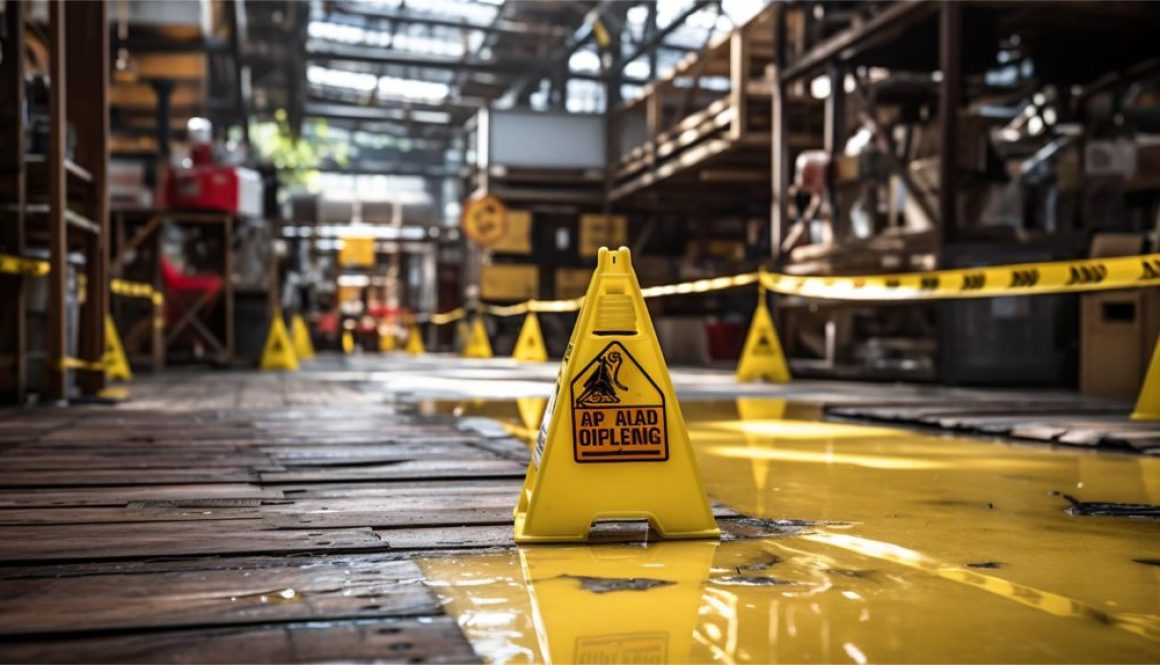WHS Duties for Manufacturing Industry
SafeWork NSW, the workplace health and safety regulator in NSW, acknowledges manufacturing as a cornerstone of a strong Australian economy. The regulator has an ongoing commitment to manufacturing which ensures a safe work environment for all workers — achieved by working with NSW businesses to reduce work-related fatalities, serious injuries, and illnesses. As part of its education outreach, the regulator will be attending Australian Manufacturing Week, given that the expo attracts diverse manufacturing industries and heavy steel fabrication companies. “It also attracts a large variety of WHS duty holders,” says Natalie Martin, Director of Investigations, Engineering and Enforcement at Safework NSW. “We want to connect and engage with the various WHS duty holders across manufacturing.”
Regulatory Priorities

SafeWork NSW’s Manufacturing Sector Plan was developed to influence safety improvements in NSW manufacturing. In 2023, SafeWork identified specific regulatory priorities across risk types and sectors which includes fire safety in manufacturing. Martin says, “Our regulatory priorities were designed to ensure employers and workers understand their WHS duties so all workers have healthy, safe and productive working lives.” SafeWork has been notified of multiple workplace incidents involving collisions between mobile plant, inadequate guarding, bypassing of safety devices and ineffective energy isolation. “We find there is usually more than one factor contributing to an incident,” says Martin. At the moment, the regulator has a strong focus on people and plant, with forklifts in the spotlight.
Duties and Obligations

All duty holders must be aware of their work health and safety duties, which are not transferable. One person may have more than one duty and more than one person can have the same duty. A strong culture of safety is integral for business. This is underpinned by strong leadership and a genuine commitment in promoting a safety culture in workplaces. “When Safework is making enquiries, we consider every duty holder, this includes designers, manufactures, importers, suppliers, installers and the end user”, says Martin.
Consultation and Hierarchy of Controls

Consultation is essential in managing WHS risks and is a legal requirement under the WHS Act. All duty holders need to collaborate to develop ways to manage risks. Designers, manufacturers, importers, suppliers, installers, officers and persons with management or control roles all have responsibilities to provide information to help other stakeholders minimize safety hazards in manufacturing and fabrication. When it is not reasonably practicable to completely eliminate risks, a ‘hierarchy of controls’ must be used by duty holders to minimise risks. Eliminating the hazard and risk is the highest level of control, followed by reducing the risk through substitution, isolation, and engineering controls. Reducing the risk through administrative controls and protective personal equipment (e.g., mining plant and equipment) is the lowest level of control as these controls’ effectiveness relies on human behaviour and supervision. Administrative controls are not enough on their own and should only be used to supplement higher level controls. “Some incidents indicate a lack of awareness of the hierarchy of control, often a control that’s too low level has been implemented, such as providing instruction, training and supervision only”, says Martin.

